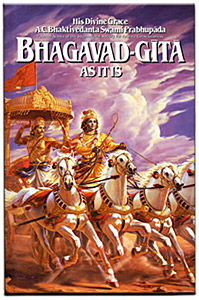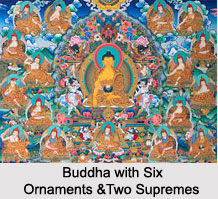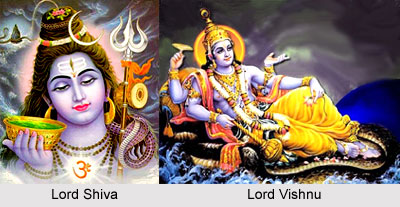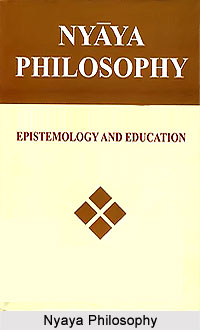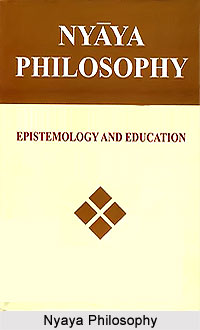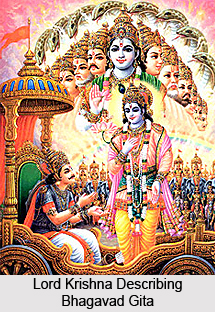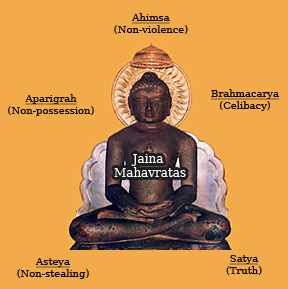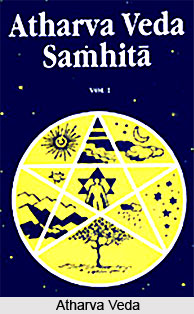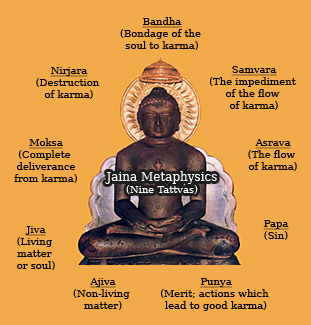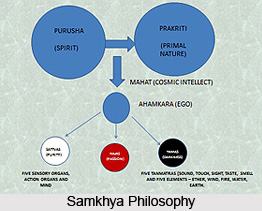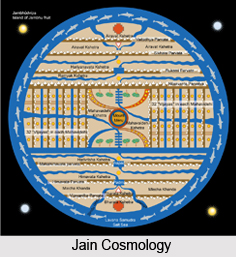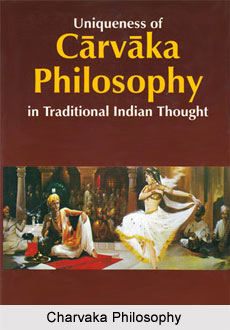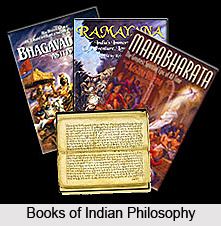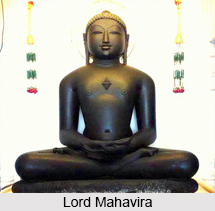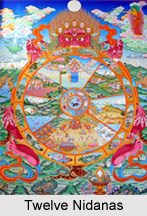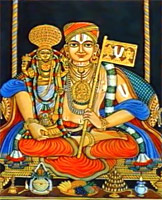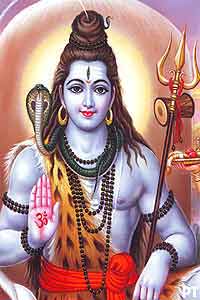 Isa in the Puranas
Isa in the Puranas
Isa Upanishad has a close connection with the Puranas. Puranas came into existence much later as the Vishnu Purana, the first Purana was written in the 4th century. In some temples of Lord Shiva, his five faces are shown which is called as Panchanana Shiva. Each of the faces represents a definite feature and has a name. These five faces are Isana, Tatpurusa, Aghora, Vamadeva and Sadyojata. Isana faces the south east direction and represents Iswara aspect of Siva known as Sadasiva, or the Eternal Siva.
With time went on Isa was degraded in the Puranas and from the image of a Supreme Lord who pervades everything it was degraded to a minor god. As time went on Isa became a dikpala which is a guardian of northeastern quarter and represented itself as an ekadasarudra, one of eleven rudras - as an aspect of Shiva - Eshana Rudra. He is seen riding a goat or bull. His body is painted in white and carries five arrows, ax, drum, fruit, hatchet, hook, lute noose, rosary and others. He even has three-eyes. This degradation went hand in hand with the intense fight between the Saivites and the Vaishnavites. The eleveen Rudras are Mahadeva, Shiva, Maha Rudra, Shankara, Neelalohita, Eshana Rudra, Vijaya Rudra, Bheema Rudra, Devadeva, Bhavodbhava and Adityatmaka Srirudra. Worship is offered to Lord Indra and Dikpalas.
Isa in Buddhist Literature
The changes have also been reflected in the Buddhist literature as Buddhism got concretized within the Hindu Puranic gods. During the time of Buddhaghosa who was the 5th century Indian Theravadin Buddhist, Isa was given a seat near Sakka, chief or king of devas. Sakka is considered as the king of both worlds, but he dwells in Tavatimsa. This was however the abode of the Asuras. When Magha was born as Sakka he dwelt with his companions in Tavatimsa. Magha disliked the idea of sharing his realm with the Asuras and vehemently opposed it. He had them intoxicated and sent them down to the foot of Sineru, where the Asurabhavana was later established.
Isa in Tantric Literature
Tantra refers to sacred literature that appeared in the 5th century. It focused mainly on Lord Shiva, as the supreme Godhead. Later the stress was put on the worship of Sakti, The Goddess of Power or Cosmic energy. After the end of the Gupta period in the 6th century Tantrism deeply influenced Hinduism, Buddhism, and Jainism.
In Tantra Sastra Lord Shiva is considered as the Supreme God. The Nirguna aspect of Shiva is called Purusha and Saguna aspect is called as Prakriti. Prakriti is also called Shakti. From Shakti, the word `Nada` was derived out of which Nada Bindu which means Point source of energy had come into existence. This has altogether three components i.e. Bindu, Nanda and Biju. From Bindu came Raudri and from Nada Jyesta was derived. From Bija `Vama` and Vishnu had originated. They are called Jnana, Icha and Kriya which is wisdom, will and action respectively.
Lord Shiva stands united with Kala which is Eternal Time. From Sadasiva originated the pervading witness of the Universe. From Sadasiva Isa was derived, from Isa Rudra had originated; from Rudra Lord Vishnu had come and from Vishnu Lord Brahma had evolved. Thus in Tantra Saiva cult, Isa has been the first manifested form of Sadasiva who is the Father God. In the later Tantric literature, there are five Shivas which are Sadasiva, Isa, Rudra, Vishnu, and Brahma. All these together are known as `Five Great corpses` as they are all inert without Sakti. Shiva is Sava; thus Shakti is seen standing on Sava-Siva. The Five Great Corpses which are considered as the inanimate objects serves as the position upon which Devi sits, reclines, presides, and merges as Consciousness. In another form of representation Shiva serves as the couch; Sadasiva is seen as the mattress; Isa is the pillow as well as Isa, Rudra, Vishnu and Brahma serve as the four legs of the couch. Thus by the Sixth century Isa was reduced to just a leg of the couch.


